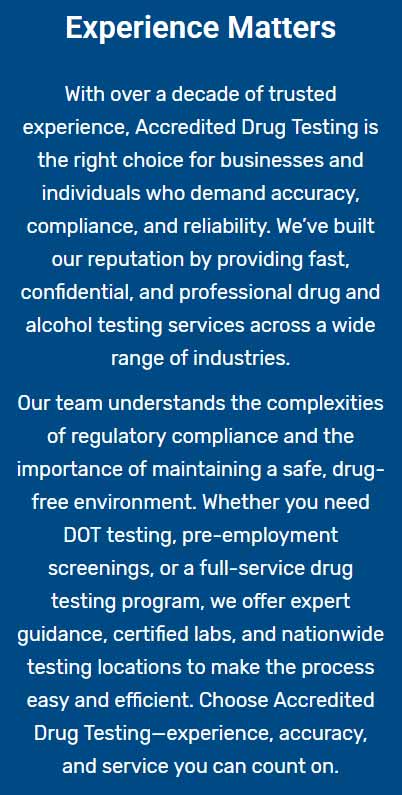What it is, How it works
Recognized as a robust means for drug and alcohol identification, hair analysis captures long-term substance usage through biomarkers embedded within the strands. When cut near the scalp, hair can show up to a three-month history of substance exposure. Hair sampling is straightforward, not easily tampered with, and conveniently transportable.
A cluster of approximately 200 strands, about 1.5 inches, mimicking the girth of a #2 pencil, extracted close to the scalp, serves as the optimal 100mg sample for testing. For EtG add-ons or tests exceeding 10 panels, 150mg is advisable. It's suggested that samples be measured using a jeweler’s scale. If scalp hair cannot be obtained, an equivalent quantity of body hair might be used. Head hair specifically refers to scalp hair, while body hair encompasses all other forms, including facial and axillary.
Process Overview
The drug testing procedure involves four key phases: Accessioning, Screening, Extraction, and Confirmation.
During Accessioning, the sample undergoes initial laboratory entry. This step involves ensuring proper sealing and shipping, assigning a Laboratory Accessioning Number (LAN), and completing data not already captured by an electronic chain of custody system.
The Screening phase delivers a preliminary overview of substance presence. It offers a cost-efficient way to eliminate drug use suspicions in most cases; however, a positive screen requires verification for court admissibility. Presumptive positives from Screening need a confirmatory test.
In cases of presumptive positivity at Screening, additional hair is taken for Extraction. At this stage, hair extracts drugs at concentrations lower than other methods (e.g., urine or oral fluid), highlighting the complexity of hair drug screening.
Confirmation of any positive screen is achieved using GC/MS, GC/MS/MS, or LC/MS/MS. For all presumptive positive tests, samples are cleansed before confirmation when necessary. The entire procedure from Accessioning to Confirmation is scrutinized under both CAP (College of American Pathologists) Hair standards and ISO / IEC 17025 accreditation norms.
Advantages of hair drug testing:
- Extended detection span: Hair tests identify substance use up to 90 days, unlike urine tests which cover shorter periods.
- Test integrity: Hair testing is notably resistant to manipulation, ensuring reliable results.
- Chronological insights: Offers insights into usage patterns, extending beyond immediate consumption.
Limitations:
- Delayed detection: New drug use typically takes 5-7 days before it becomes traceable in hair.
- Price: Hair testing tends to be costlier than alternative drug screening techniques.
- Result variability: Hair color and individual growth differences can influence drug metabolite levels in hair.
Note: Although commonly known as "hair follicle tests", the examination focuses on the hair strand, not the follicle beneath the scalp.
Why Hair Follicle Testing Beats Urine Testing
In Columbia, NJ, hair follicle tests surpass urine tests.
They offer superior detection and reliability.
Where urine tests might fail, hair tests detect substances used up to 90 days prior.
- Higher accuracy and reliability
- Reduces the chance of tampering
Employers gain a comprehensive picture of substance use, enhancing workplace safety.




